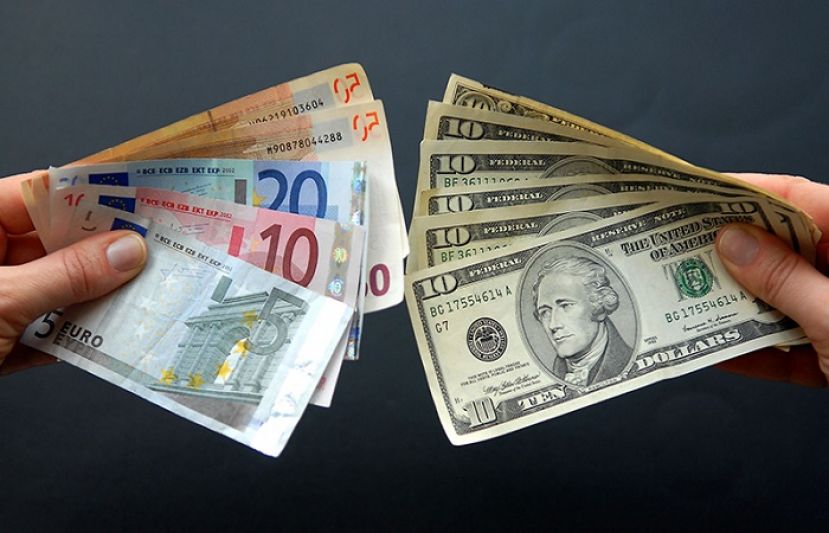Foreign investment further fell in the first quarter of the current fiscal year, reflecting a highly disappointing situation.
The government is inviting investors from the entire world, particularly from Arab counties and China, but it is facing difficulties in motivating investors. Foreign direct investment fell by 26 per cent during July-September as compared to the same period of last year. What is more worrisome is the size of FDI which is almost negligible if compared with regional countries, like India, China and Bangladesh. Pakistan received just $169m foreign direct investment, which shows that no serious investor turned towards this country. The prime minister, himself a business tycoon, visited many countries to attract investment, but the country is yet to see positive results of his efforts. During the current fiscal year, foreign investment from friendly counties, like Saudi Arabia and China, was in the negative. They withdrew $3.9 million and $14.6m, respectively, during the quarter. Most of investment came from European countries, US and Hong Kong. The highest amount of $43m was invested by Hong Kong, more than 25pc of the total investment of $169m. Other significant investments, like $41.5m and $36.6m, came from the US and UK, respectively. Other European countries, like Switzerland, Italy and France, also invested in Pakistan. However, size of investment dropped to the lowest level in the last 10 years of Pakistan which is damaging the image of the country in the global market. The country is under pressure of external obligations, like debt-servicing which rose to about $7bn in FY-14. This trend is highly dangerous for a country which receives negligible foreign investment while it is more critical that outflow as dividend and profits on previous investments, surpassed the FDI. The country is unable to improve its foreign exchange reserves due to negligible FDI, high repatriation of dividends and profits, widening trade deficit and upward trend in current account deficit. The poor health of the reserves hit the exchange rate and despite strong influence by the central bank slow depreciation of local currency is taking place. The dollar reached just below Rs103 on Friday. Portfolio investment showed a positive growth as it went up to $178m from just $38m in the first quarter of last year. The country’s option for more borrowing from donor agencies seems to have reduced to zero, particularly after IMF’s no to the release of tranche due last month. The IMF wants to see higher tax revenue and cut in subsidies on electricity; both the conditions are yet to be met fully.







